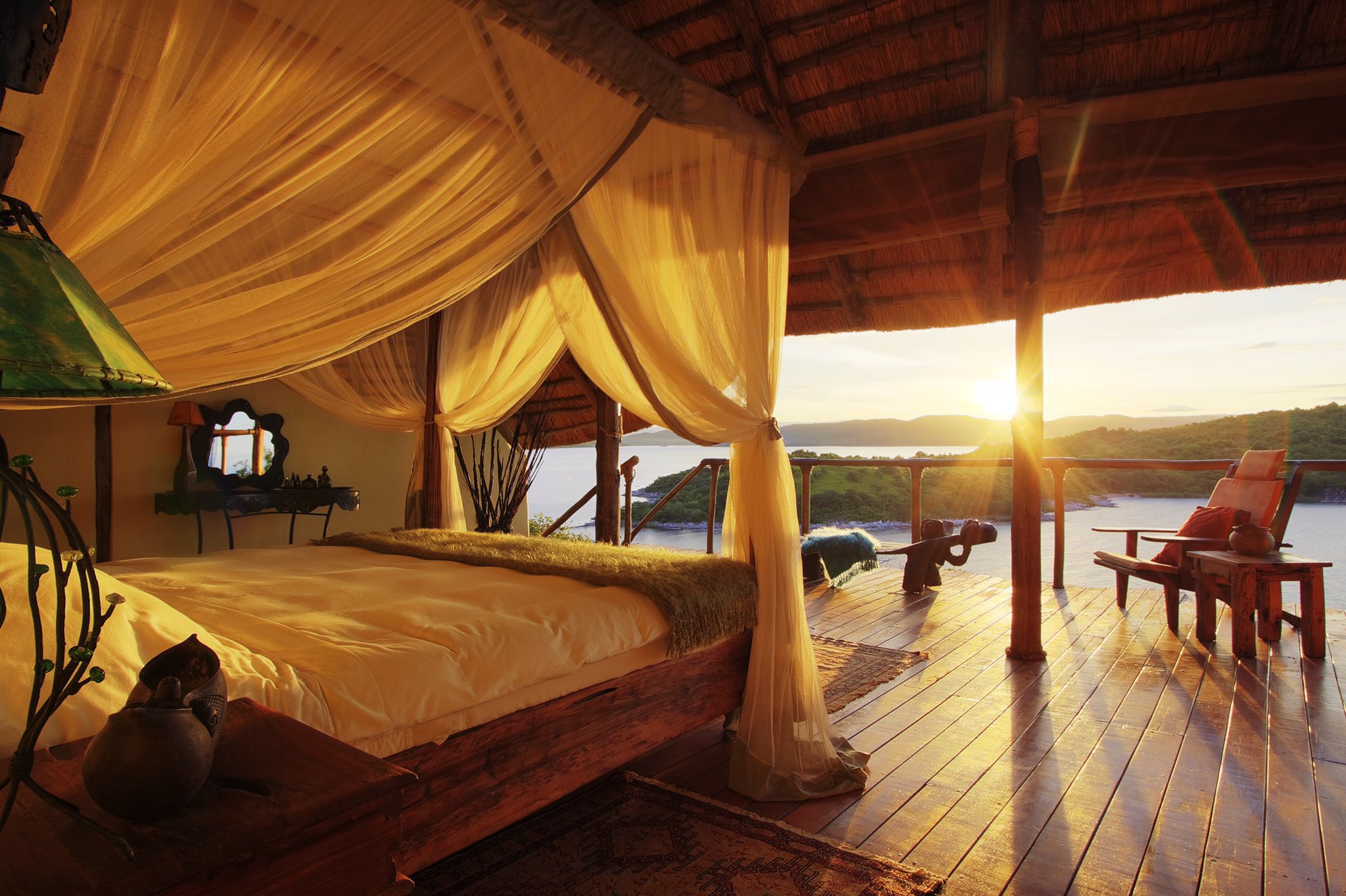Untouched Experience - Western
Tanzania
Tanzania fulfils all dream of Africa, with jungles and primates, wildebeest migrations across, tropical beaches, highlands, authentic and unique culture, and even a snow-capped mountains. With effectively a quarter of the country set aside for reserves, Tanzania is the best game viewing countries in Africa.
